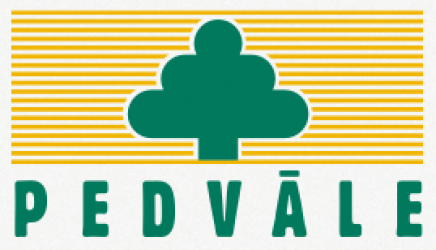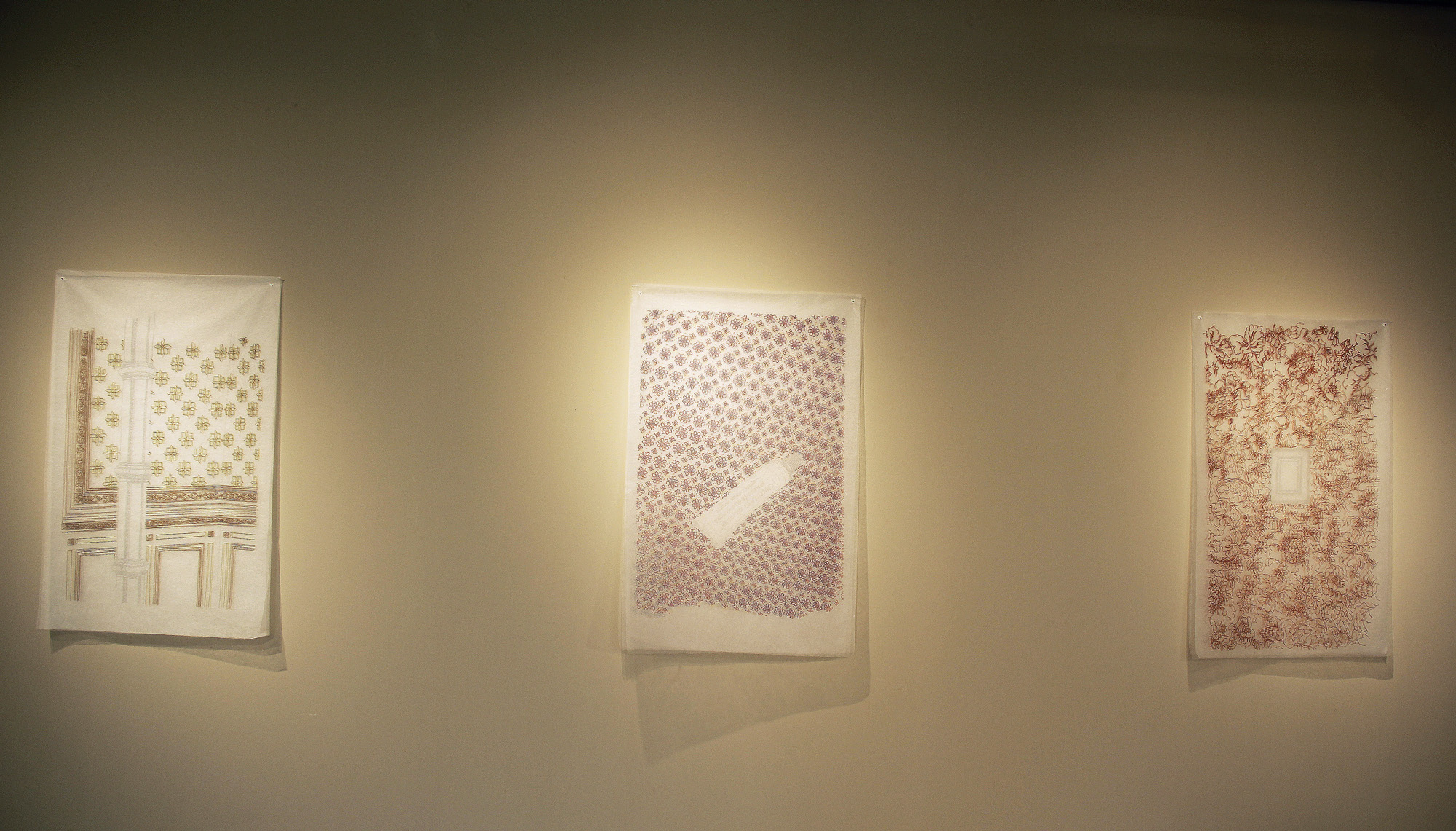From 12 to 29 August, an exhibition of drawings by Sung MinHwa (Republic of Korea) “Behind” can be viewed in the exhibition hall of the International Artist residency “Pedvāle”.
The artist tells about the work process:
“Notes
I don’t like to write memos or take notes for work. When I look at the chunks of thoughts with vague images floating and rambling around my head, at one moment, they eventually turn into something tangible, taking on the form of my work. The moment I write them down, however, the idea becomes too clear and develops into something too specific. Then it no longer intrigues me. This has happened quite often in my work processes. I have attempted to take notes on my ideas as many great artists do, but often enough I don’t understand myself later what I have written, and for the most part I then find it worthless. The thoughts that would really become part of my work remain as images in my mind and are not forgotten.
Drawing
Most people try out drawing as their first experience of pictorial representation, and it may be an expression of a basic human need or instinct to depict what we see. When I was once in complete solitude in my place, physically unable to go outside, all I could do was draw – the things that were in the apartment or could be seen through the window. After that, when I could to go out again, I drew the outside world. And when I visited another country, I met people who used different languages, and saw how they make and use the things I use in different ways. And I could also see their old and new things and sense their beauty. I could even apply some of them to my work. In representing the images in my head, not only by hand drawing, I inquire about the materials, techniques and new technologies that I believe to be most appropriate. This is probably because I have learned through my student years and later experiences that there are always something new and numerous possibilities outside of them.
Things
Joachim, a collector of various objects, wraps his thousands of books with Florence papers of the same – or similar – patterns, granting them ownership and homogeneity. He often replaces those books of the same – or similar – appearance with others. He always creates new scenery by making different things the same, and presents new views by repositioning them. One day, I started to draw his shifting objects and realised that the changing scenes, made by the books of his choice along with the objects placed next to them, are expressions of himself. Portraying the sceneries of his books and objects, several of my drawings are only a fraction of the thousands of landscapes that he continuously creates. The owner of things assigns them meanings, and the gathered things create a landscape that represents and expresses the owner.
Frames
A few years ago, I found some old picture frames on a street in Berlin. In my studio, I looked at them for quite a while and created pieces for these frames. Since then, picture frames have become a part of my work, or the element that leads my work rather than a device that supports, protects or makes my work shine. Henceforth, I have thought about the relationship between the picture and the frame. When I worked with traditional handmade papers, I had an argument with the artisan who made these papers. When I asked him to make paper on a large scale by affixing multiple folds of paper, he kept insisting that he could only make it once I had brought my completed work. For him, paper-layering was a process of completion, or a method of preservation, whereas, for me, it was the fundamental process through which I could begin my work.
Just different orders of working for different individuals. Or, the meaninglessness of all rules.
Paper
Since I have begun working in places other than my home, I’ve been looking out for materials that are easy to find and carry, while incorporating unique qualities of the place of their origins. That is why I have used paper more often than other materials. Paper is available everywhere, so people don’t pay much attention to it. However, I feel some kind of wistfulness and a great reverence for diversity, beauty and universality. Whenever I have an opportunity to stay in a new place for a longer period, I look for regional artisans and work with their papers and other materials they produce. Once you know the materiality of what you use, you can guess more easily how it will react with other materials. Now, I am working with one of the thinnest and lightest papers in the world. The moment you apply colour to this delicate paper, it virtually disappears, and the lines of colour that laid the fibers seem to float in the air. Only the decrepit frame holds the shape of the drifting lines of colour.”
Sung MinHwa work shows the inquiry of individuals and society with everyday space and things owned by each through drawing based installation using various materials, techniques and spaces. Sung MinHwa studied sculpture at Seoul National University, got degrees in diploma and Meister Schüler in painting and installation at Hochschule für bildende Künste Braunschweig in Germany, and completed a postgradute course (Art in context) at Universität der Künste Berlin.
Since her first solo exhibition at Geumsan Gallery in 2001, she has held 19 solo exhibitions nationally and internationally and has participated in numerous group exhibitions, residencies, and grant programmes. She works and lives in Seoul and Berlin.

